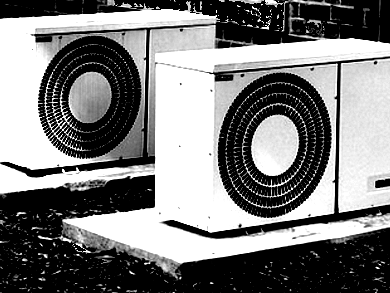On hot days, the demand of energy is high to support the cooling of buildings. Air pollution increases. However, the temperature-dependence of emissions from electricity-generating units associated with air conditioning is not well understood. David Abel, University of Wisconsin-Madison, USA, and colleagues have quantified the relationship between daily temperature and power plant emissions, i.e., nitrogen oxides, sulfur dioxide, and carbon dioxide. They used data from 2007–2012 of 26 states in the eastern U.S. as well as of Texas.
According to their analysis, the hottest days of the summer coincide with the days of highest air pollution. The electricity production associated with air conditioning leads to an increase of emissions of sulfur dioxide, nitrogen oxides, and carbon dioxide.
During summer months, the Eastern U.S. region showed a (3.87 ± 0.41) % increase in electricity generation per °C increase, Texas a (2.34 ± 0.28) % increase per °C. This is associated with a (3.35 ± 0.50) %/°C and (0.91 ± 0.25) %/°C increase in SO2 emissions, a (3.60 ± 0.49) %/°C and (2.15 ± 0.29) %/°C increase in NOX emissions, and a (3.32 ± 0.36) %/°C and (1.78 ± 0.22) %/°C increase in CO2 emissions for the Eastern US region and Texas, respectively. The highest sensitivity to temperature is seen in the Eastern states with lower overall emissions.
According to the researchers, the results support the use of policy and technology interventions to lower demand at high temperatures and to lower power plant emissions. As a next step, the researchers want to compare the impact of electricity emissions with chemistry, natural emissions, wind patterns, and other factors effecting pollution.
- Response of Power Plant Emissions to Ambient Temperature in the Eastern United States,
David Abel, Tracey Holloway, Ryan M. Kladar, Paul Meier, Doug Ahl, Monica Harkey, Jonathan Patz,
Environm. Sci. Technol. 2017.
DOI: 10.1021/acs.est.6b06201
